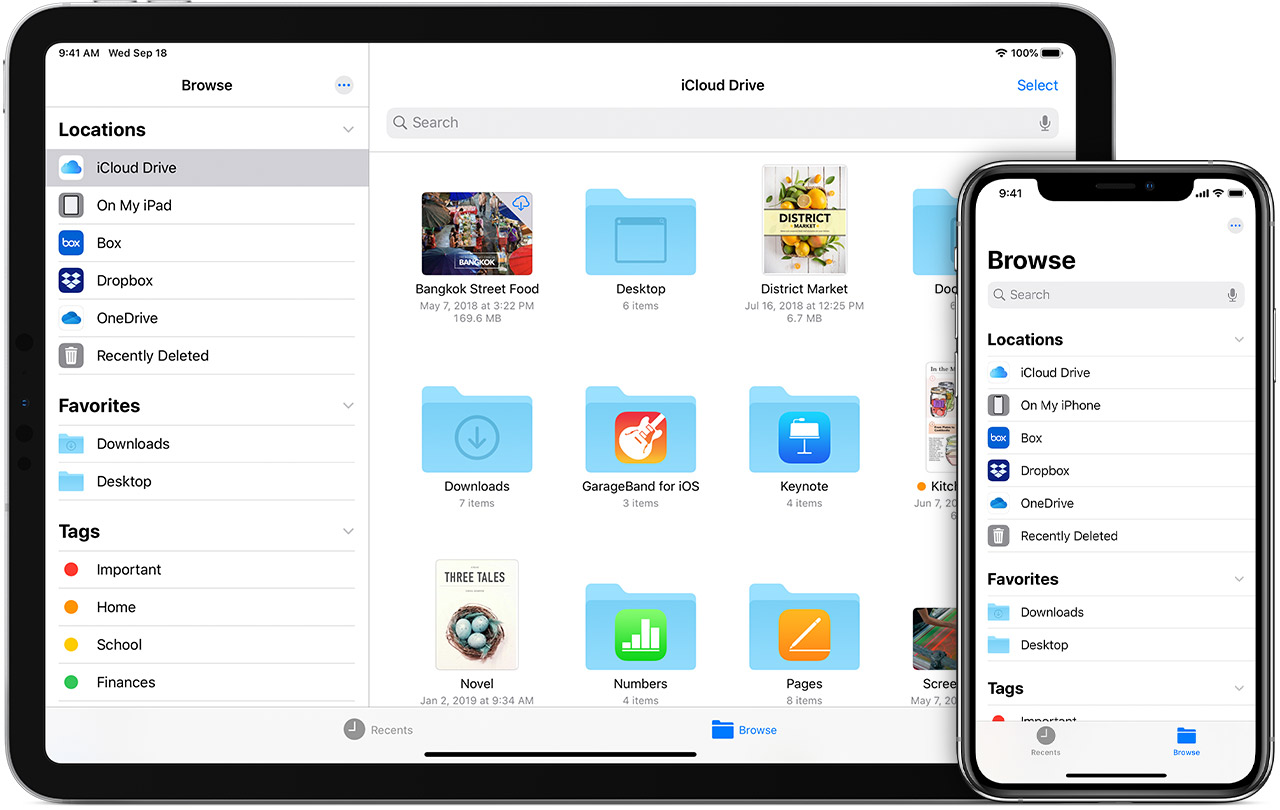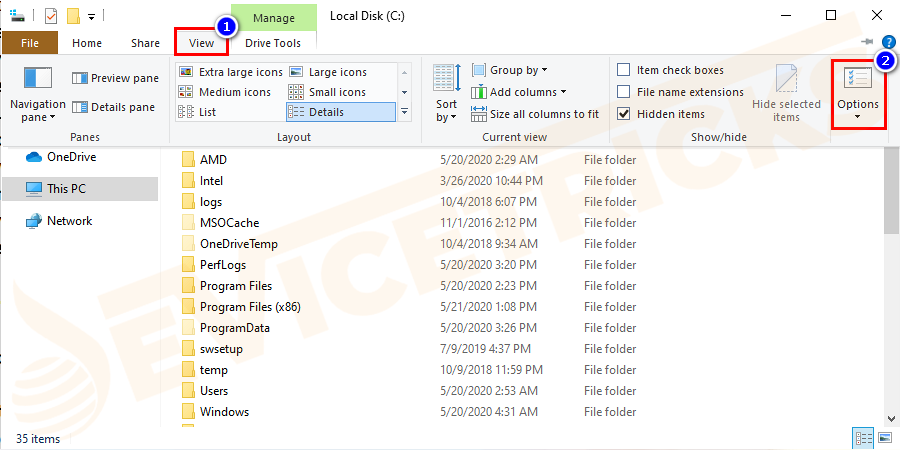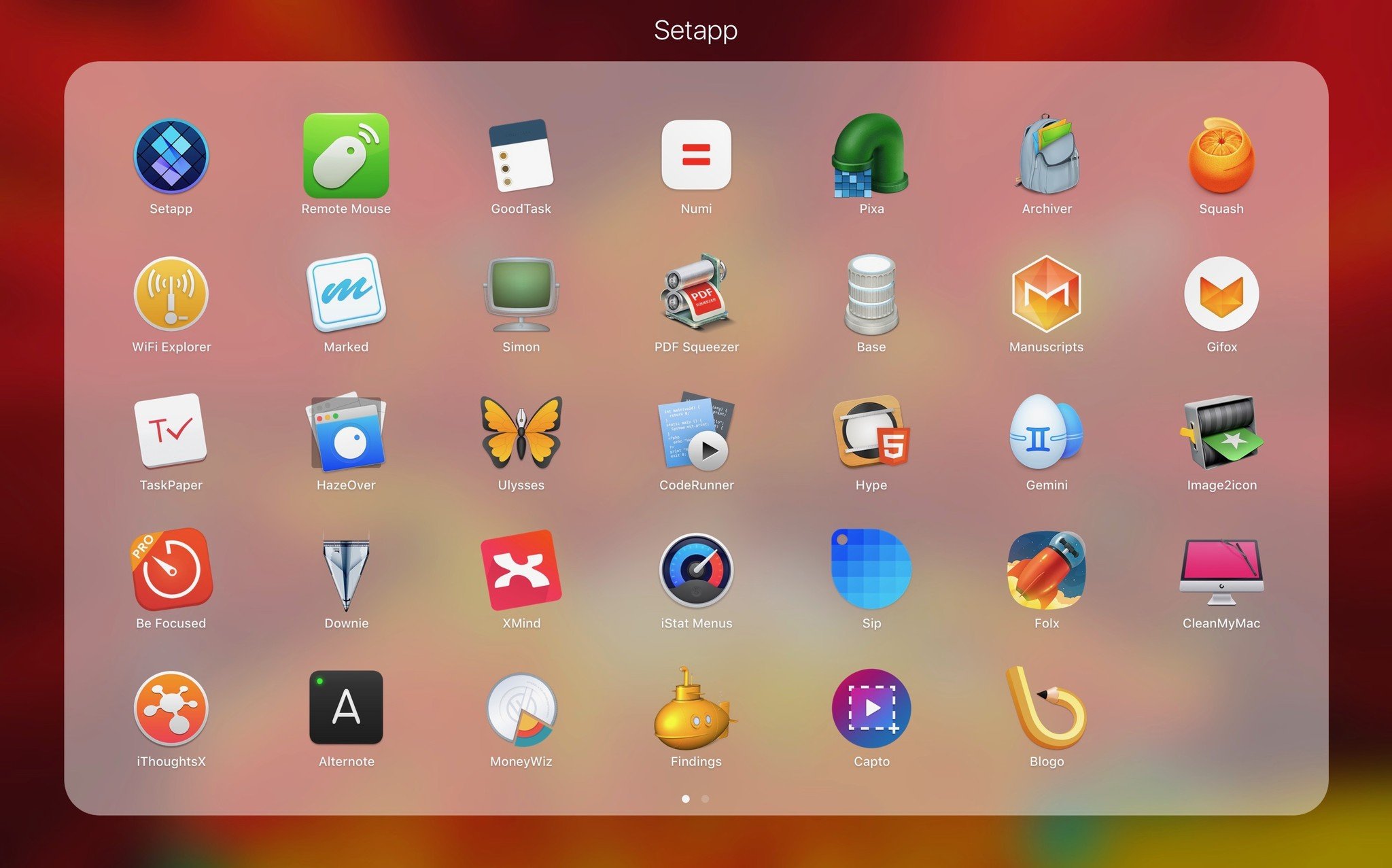Best FTP client for Mac
- Show All Files App For Mac Os
- Show All Files App For Mac Os
- Show All Files App For Mac Download
- Show All Files Mac
- Mac All My Files
Show Hidden Files for Mac allows this to be accomplished with the click of a button, although this may not be necessary for experienced developers. Show Hidden Files for Mac is available as.
Uninstall Mac apps using Trash. Whether you're running macOS Catalina or an earlier macOS, like. After all, these files are hidden for a reason! See hidden files on Mac via Finder. As mentioned above, it doesn’t take much to make the hidden files on your Mac visible. In fact, you can check out all of the hidden files on your Mac by following just three easy steps: In Finder, open up your Macintosh HD folder; Press Command+Shift+Dot. Jan 07, 2020 The Mac App Store is full of all manner of apps, from simple utilities to complex programs. New apps are published every day, making it hard to find the best of the best — which is where we come in. We've gathered the best free apps for the Mac, all in one place so you don't have to go digging. My criteria for apps on this list.
When you look at your desktop, or inside any folder for that matter, on your Mac you’ll see a number (one that will vary depending on how well-organized you are) of file and folder icons. What all of us have in common, however, is a huge range of system files that are hidden just out of view.
Easy way to show hidden files
Try Setapp to make all your files visible on a Mac. With the tools we offer, nothing gets lost in the shuffle.
Those of us who have lived online for long enough will remember the Delete System32 hoax, with which trolls encouraged naive PC users to delete their Windows 2000 system directory. It’s not a shock that, since those days, developers have taken more care to hide away files that are essential to their operating systems.
There are, however, times when you need to access those files. Most of them are hidden away in the ~/Library folder, but the truth is that the average Mac holds a treasure trove of files and folders that you either no longer need or may want to access for troubleshooting purposes.
Is it normal that 'System' takes up 90GB+ of storage? What does it contain? How to get your System folder under control?
Three Ways to See Hidden Files on Mac
There’s good news for anyone out there who’s looking to access hidden files on their Mac: you can do exactly that, in a number of different ways, by arming yourself with a little bit of knowledge. There are a couple of Finder augmentation and replacement apps, for example, that make the process as easy as clicking a single button.
Before kicking off, however, it’s important to highlight that you should play it safe when digging through hidden files on your laptop or desktop. Unless you know exactly what you’re looking for you can do some serious damage to your operating system, so you’ll want to proceed with caution. After all, these files are hidden for a reason!
See hidden files on Mac via Finder
As mentioned above, it doesn’t take much to make the hidden files on your Mac visible. In fact, you can check out all of the hidden files on your Mac by following just three easy steps:

- In Finder, open up your Macintosh HD folder
- Press Command+Shift+Dot
- Your hidden files will become visible. Repeat step 2 to hide them again!
This process will also work elsewhere, including your Documents or Applications folders. However, if you know what you’re looking for is in your ~/Library folder and would rather jump straight into that then you can take the following steps instead:
- In Finder, hold down Alt and click Go at the top of your screen
- Click on Library to open up the, normally hidden, folder
Be prepared for one very cluttered looking Desktop if you decide to uncover all the hidden files there. If you’re anything like the average Mac user, most of what you’ll find will be made up of system files and autosaved Microsoft Word documents!
Some users have reported success finding documents that they thought were lost forever after their Mac crashed without saving, which is always a useful tip to have in the back pocket.
Unhide files on Mac with Terminal commands
Terminal, a Mac command-line interface, is included in macOS by default and allows you to use command prompts to control your Mac instead of following a potentially complex series of instructions to do the same thing in Finder.
If you’re already familiar with using Terminal, then you might prefer to run the following script to reveal your hidden files:
- Open Terminal
- Enter the following: defaults write com.apple.Finder AppleShowAllFiles true [Press Return] killall Finder
- To hide files again, change the “true” in the step above to “false”
It doesn’t matter too much whether you use Terminal or Finder to make the hidden files on your Mac visible, though you might prefer the latter if you’ve never run scripts on Terminal before, as both routes accomplish the same thing.
One reason you might opt to use Terminal is that it allows you to hide any file or folder on your Mac, which is a great way to avoid that sense of residual curiosity felt by others should they come across a password protected .rar on your desktop! To hide files, just:
- Open Terminal
- Enter the following: chflags hidden [Press Space]
- Drag files or folders to be hidden from Finder into the Terminal window, which will display their paths in Terminal
- Press Return to hide
To make your files visible again, just repeat the above steps using “chflags nohidden” in place of “chflags hidden.” Of course, the fact that anyone else who knows this trick can also use it to unhide your files means that this isn’t an adequate substitute for other security measures.
Use file managers to access hidden files
How to find the path of a file in Mac? Apps like DCommander and Forklift, both of which perform like native macOS apps and function as extensions of Finder, represent great choices if you’re at all uncomfortable using Terminal or digging around in your ~/Library folder.
Because these apps allow you to make hidden files and folders visible (or invisible) using shortcuts or clicking buttons within the apps, they make the whole process incredibly simple. In Forklift, for example, you can show hidden files by:
- Clicking View
- Selecting View Options towards the bottom of the dropdown menu
- Checking the box next to Show Hidden Files
There’s also a button in the toolbar to show and hide hidden files. DCommander has a similar function available, with a Show System Files command, but you need to add it manually to the app’s toolbar:
As you might guess from those subtle differences in terminology, we would suggest that Forklift is more suitable for someone looking for something that really looks and acts like Finder. DCommander, with a larger range of features and toolbar buttons enabled by default, is still intuitive but feels a little more dense.
Whichever you settle on remember that just because these apps make accessing hidden files easy it doesn’t mean that you can’t do some real damage if you start messing around with the wrong thing!
Try all these apps for free
Get a huge set of top apps for keeping your Mac in shape. Best utilities in one pack, give it a go!
Leave hidden files to automatic cleanup
For some Mac users, the question of how to see hidden files is nothing more than succumbing to curiosity. For others, it’s a necessity for troubleshooting a piece of software or device that’s not performing as it should.
Somewhere in between are those in the pursuit of a few spare gigabytes as their hard drive rapidly fills up. If you’re one of those people looking to clean up useless hidden data then an app like CleanMyMac X might be exactly what you need:
- Open up the app and select Smart Scan
- Hit Scan
- Select Review Details underneath Cleanup to see how much System Junk you can safely delete
- Hit Run to remove those unneeded files
An app like CleanMyMac X will free up space just as effectively, probably more so, than you’ll be able to by randomly deleting hidden files and hoping for the best. If you do end up going this route then don’t consider learning more about hidden content a waste of time — at least you know what to watch out for if someone tries to troll you into deleting vital system files!
Best of all, DCommander, Forklift, and CleanMyMac X apps mentioned above are all available for a free trial through Setapp, a collection of more than 150 macOS apps from top developers all over the world.
Meantime, prepare for all the awesome things you can do with Setapp.
Read onSign Up
Let’s face it. Everyone has a secret, and so does your Mac. Thousands of them are in the form of hidden files and folders stored in the ~/Library folder in your User folder. These files hold information like app preferences, etc.
But how can we view hidden files on macOS X?
There’s hope, and in this article, we will talk about ways to see all hidden files on Mac and make the Library folder visible.
What are Hidden Files on Mac?
Hidden files on Mac are a throwback to macOS’ Unix roots. Generally, files starting with “.” are hidden. Due to this, Mac doesn’t allow placing a ‘.’ at the beginning of a file name.
These hidden files contain data like preferences, application support files, privileges folders, and more.
Why are the files hidden on Mac?
Due to several reasons, files and folders on Mac are hidden. They are listed as below:
- They contain crucial data important for working for macOS.
- If they are visible, your Mac might look cluttered.
- No reason for users to view them
How to View Hidden File on Mac?

Before you learn how to see hidden files on Mac, remember there are reasons for hiding files on Mac.
The information they contain is essential, and making any changes or deleting them can make Mac behave weirdly.
For example, if you want to view the ~/Library folder & delete application support files for uninstalled applications, consider using Disk Clean Pro. This nifty Mac optimizer and cleaner will remove all unwanted application support files. Just click via One Click Care.
To download Disk Clean Pro, click here.
This cleanup tool for Mac is available at Mac App Store and is thoroughly tested and trusted. Using it, you can clean junk files, system log files, cache files, partial download, organize files on Mac, and do a lot more.
To know more about this tool, read the complete review.
In addition to this, you can recover gigabytes of disk space and can get rid of not enough storage space.
However, if you are not satisfied with it and would like to view the hidden files Mac app. Here’s how you can see all files hidden on Mac.

Way 1: Mac Finder Showing Hidden Files
Show All Files App For Mac Os
Follow the steps below to view hidden files in Finder on Mac:
- Open Finder window
- Now in the left bar, click the name of your Mac under ‘Devices.’
- Select and click the startup drive. By default, it reads as Macintosh HD.
- Next, press Command +Shift +.(period) key. You will now be able to see several files with “.”
- To hide them again, hold down Command + Shift +. (period).
Note: To unhide and see hidden files in the Documents or Applications folder, you can use the same key combination i.e., Command+Shift+.
However, if you know what file type you are looking for in the ~/Library folder, follow the steps below:
1. Open Finder, press the Alt key, and click Go.
2. Click Library to open, normally hidden, folder
You’ll now see the most cluttered Mac desktop. Most of the unhidden files are system files and autosaved Microsoft Word documents. This finder showing hidden files sometimes helps users find those files that they thought were lost forever.
Read Also: “Other” On Mac Storage And How To Remove It
Way 2: Unhide Files On Mac With Terminal Commands
Like the command prompt in Windows, we have a Terminal, command-line interface in Mac. Using it and a set of commands, you can easily show hidden files on Mojave and hide files. Unlike Finder, where you need to follow a series of complex instructions, using the Terminal command is easy.
If you know about Terminal and are conformable using it, here is the list of commands to show hidden files Mac app:
- Launch Terminal
- Here, copy-paste the following command
defaults write com.apple.Finder AppleShowAllFiles true [Press Return] killall Finder
Note: The parameter True shows hidden files, whereas when you change it to false, it will again hide the files.
The method you chose doesn’t matter because both will help view all hidden files. If you select a finder to show hidden files, you will have to follow complex steps. While using the Terminal command is simple, and it quickly helps with OS X show hidden files.
Moreover, using Terminal, you can show all hidden files or folders on your Mac. This is a great way to view password protected .rar on your desktop!
Read Also: Uninstaller for Mac to Remove Apps Completely
Way 3: View Hidden files using chflags hidden command on Mojave
However, if you want to see all hidden files on Mac follow the steps below:
1. Launch Terminal

2. Copy-paste the following command: chflags hidden

Note: Make sure there’s a space between the command and the parameter
3. Drag files or folders into the Terminal that you want to hide from Finder. You will now see the file and folder paths in Terminal.
4. To hide, press Return.
By using these simple sets of instructions, you can hide files. To view hidden files, change the parameter from nohidden. You will now see all the hidden files on Mac.
While using this method, always remember anyone who knows this trick can also use the same command to unhide files.
Show All Files App For Mac Os
This is all using these simple methods; you can show hidden files on Mac. Furthermore, if your motive to see hidden files is to remove junk files, we have an easy way.
Cleaning Hidden Junk Files Automatically
Generally, Mac users look for ways to view hidden files because they want to recover some additional gigabytes. But if they can clean up these useless hidden files without much ado then?
You read it right using an excellent tool like Disk Clean Pro; you can quickly recover hard disk space and clean up your Mac.
To use this fantastic tool, follow the steps below:
1. Download & install Disk Clean Pro
2. Launch the app and click Start System Scan
3. Let the scan finish. You’ll now see all the junk files.
4. Hit Clean Now to get rid of this unwanted data.
Tada! This is it. Using these simple steps and Terminal commands, you can view hidden files on Mac. Moreover, you can show hidden files on Mac to your friend and be popular.
Read Also:Delete Downloaded Files And Folders
Show All Files App For Mac Download
Frequently Asked Question
Q1. How Do I Manage Files On A Mac?
Files on Mac can be managed both manually and automatically. To manage files manually, select items by pressing and holding the Command key. Next, press the Control key > choose New Folder with Selection. That’s it. You can now place the files in the selected folder.
Alternatively, you can use Disk Clean Pro to organize and manage files. In addition to this, to arrange files on the desktop. Click desktop, choose view > Sort By, then choose from the list of options. You can now arrange the files.
Q2. How Do You Make Hidden Files Unhidden On A Mac?
The easiest way to unhide a file on Mac is to use the Terminal command. To do so, launch Terminal and run the following command: defaults write com.apple.finder AppleShowAllFiles TRUE killall Finder.
This way, you can see hidden files in Finder.
Additionally, you can also type chflags nohidden with a space between command and nohidden. You can now unhide a file or a folder.
Show All Files Mac
Q3. Where Are Hidden Files On Mac?
In the Finder, open your Macintosh HD folder. Press Command+Shift+Dot. You will now be able to see hidden files.
Mac All My Files
Responses